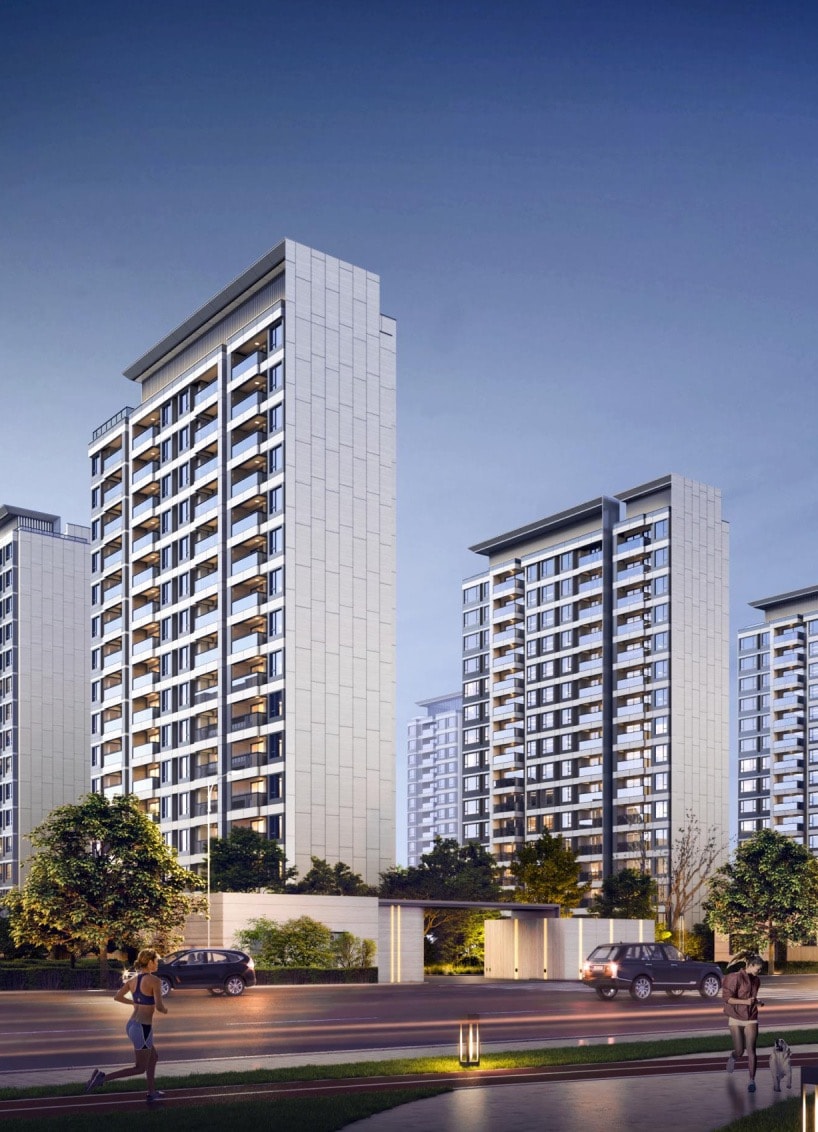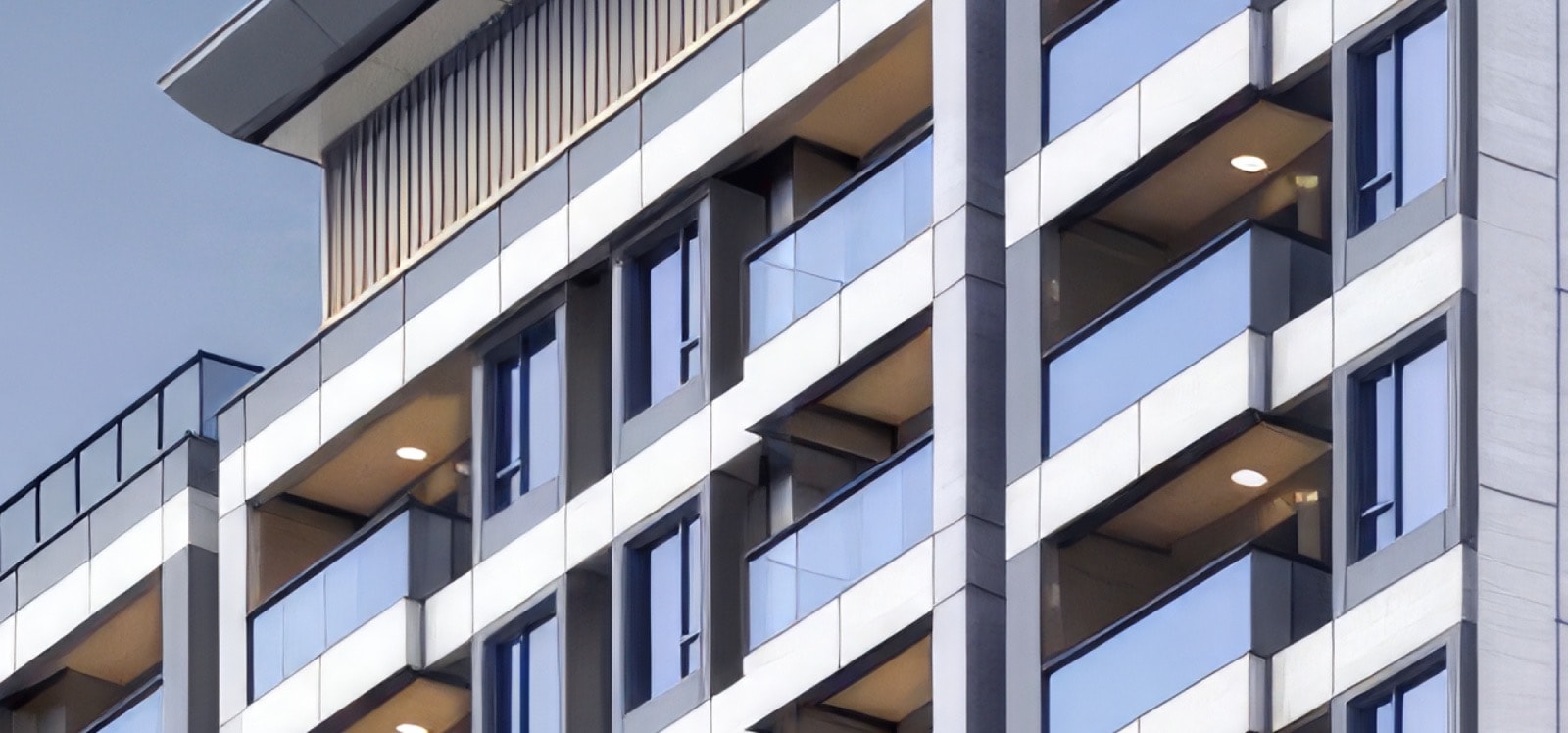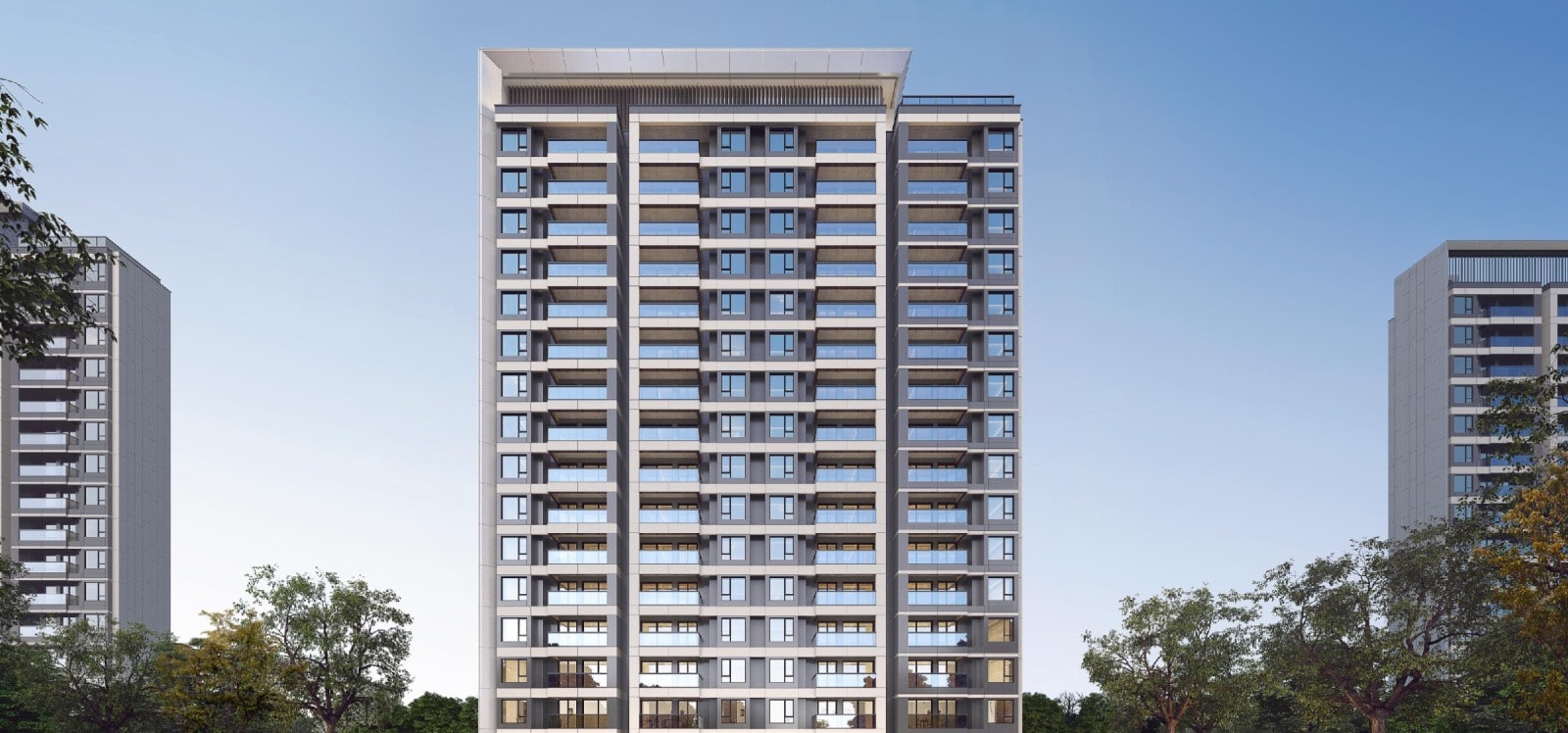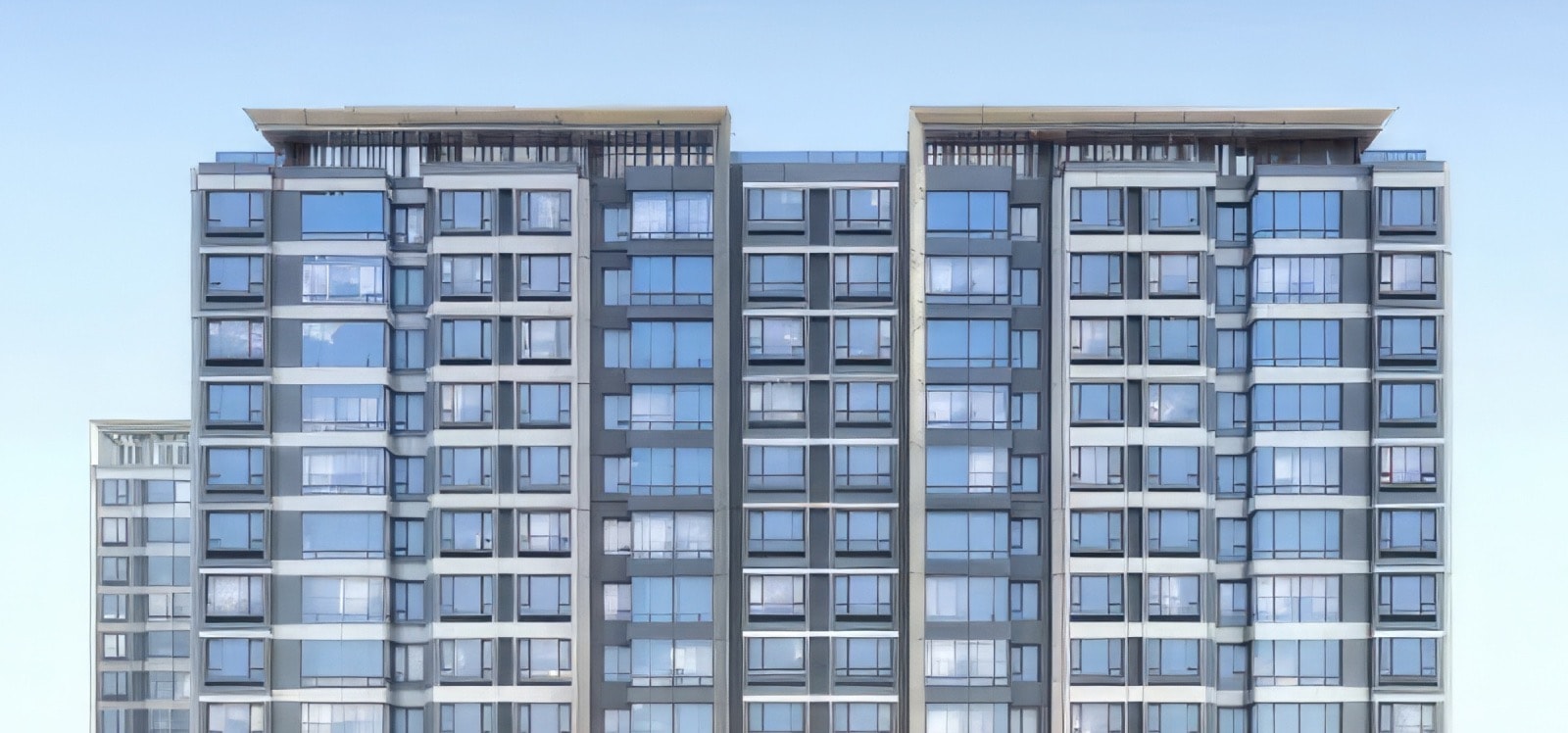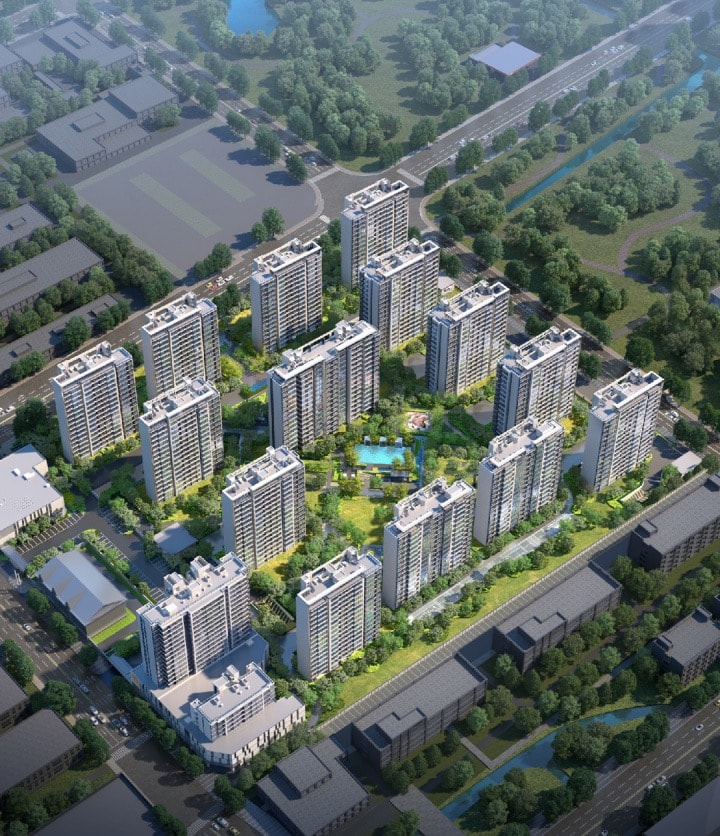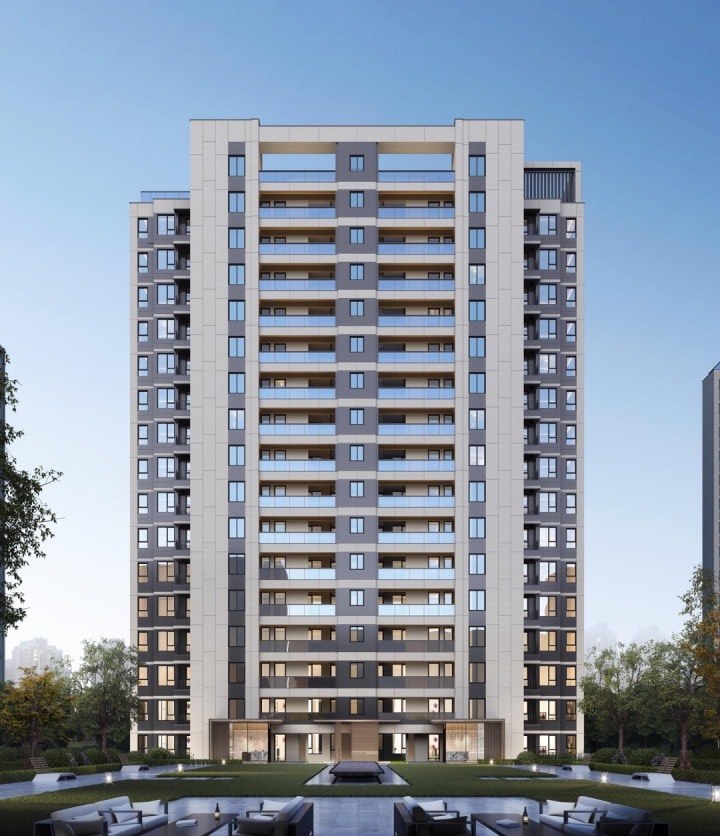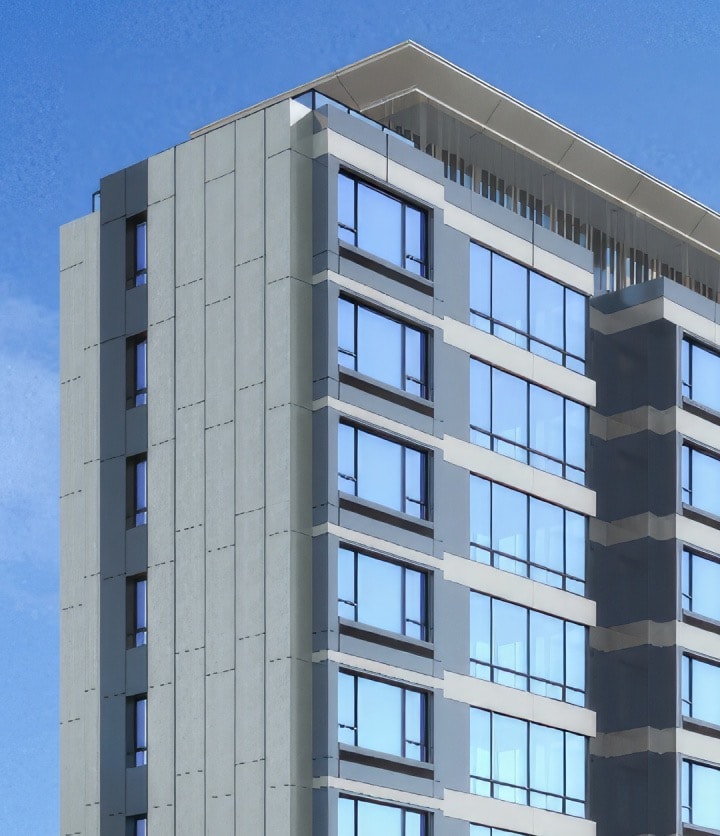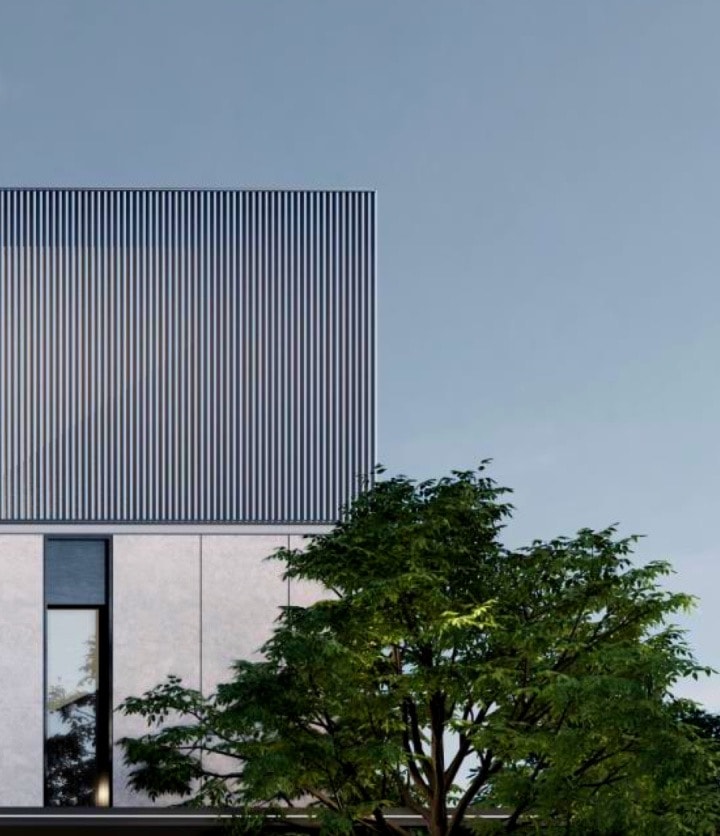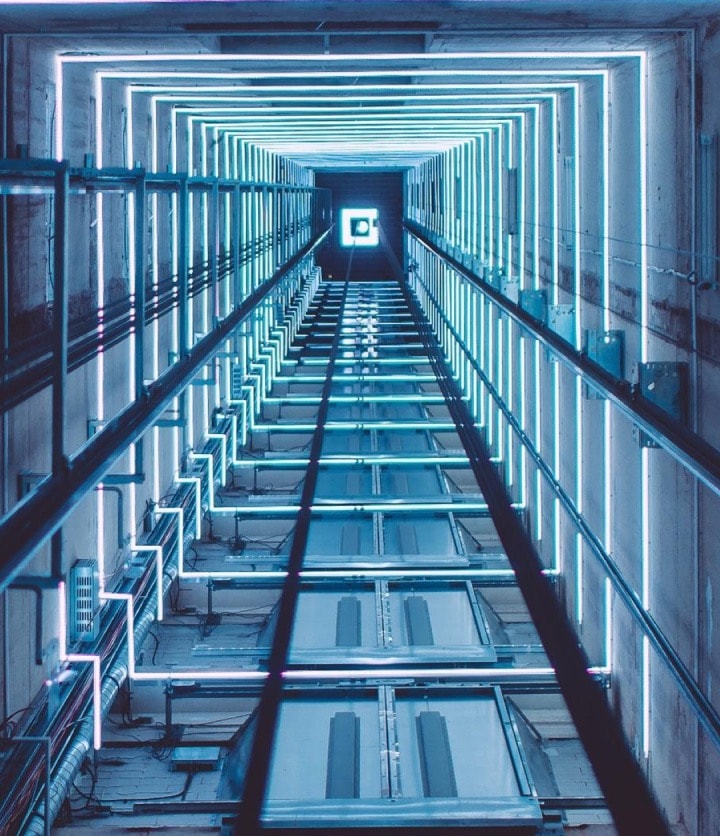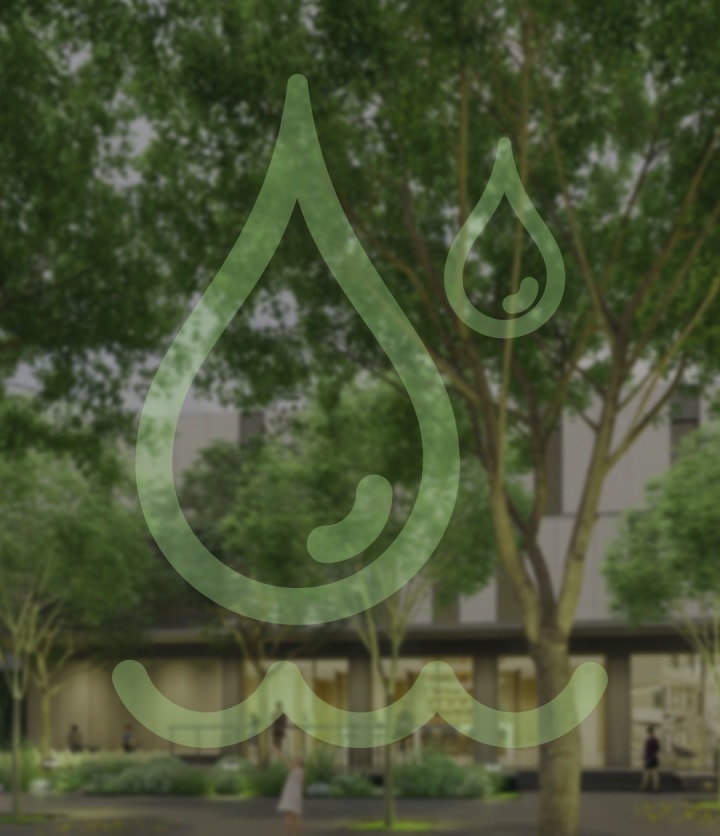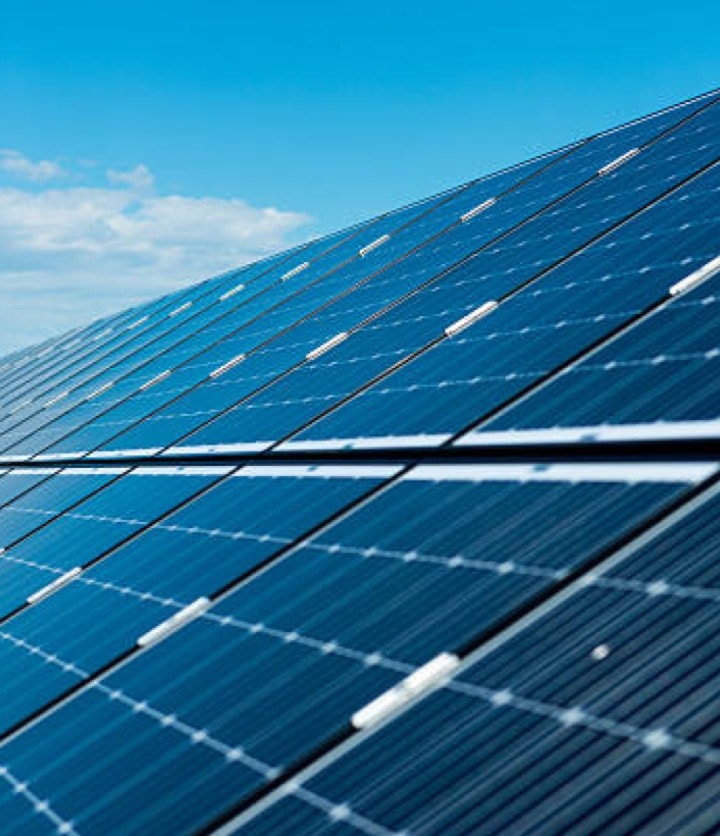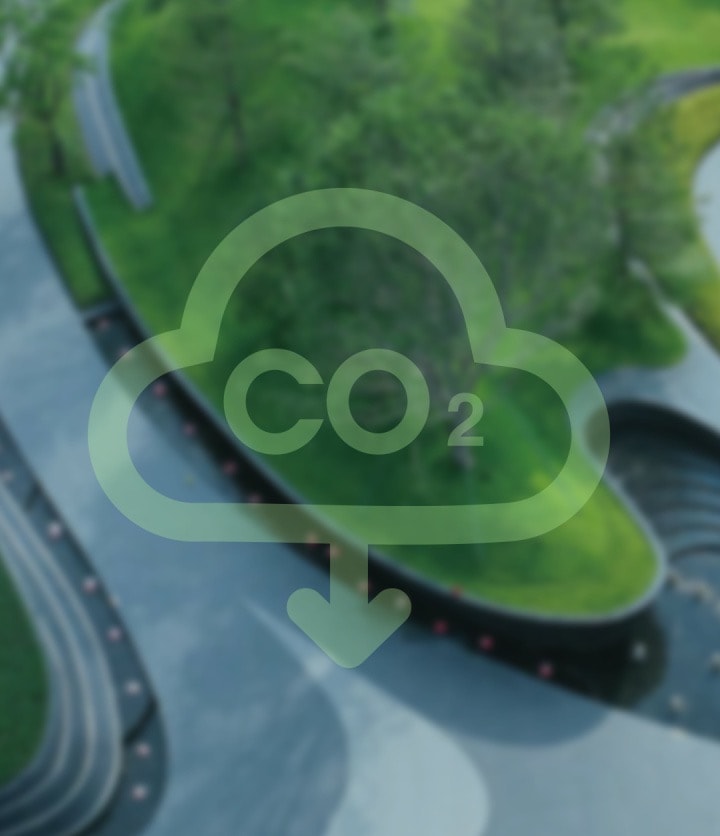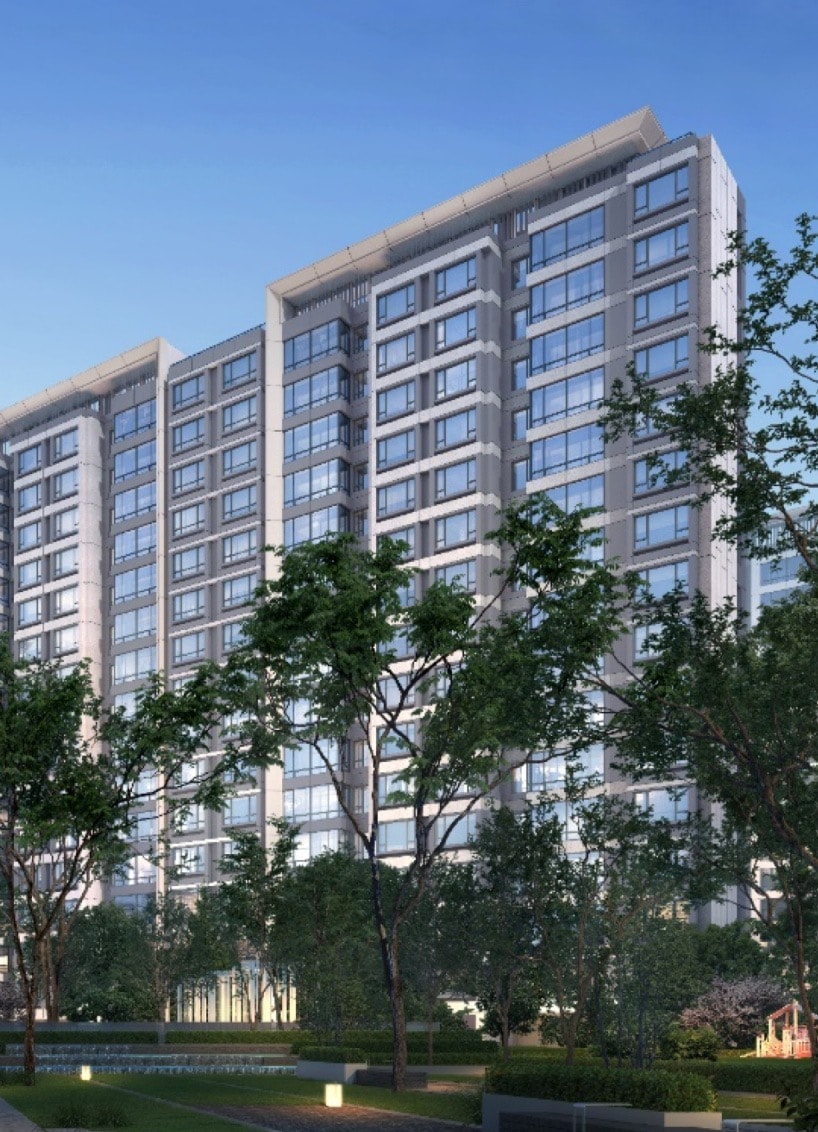Shanghai Grand Harmony
Shanghai Grand Harmony is located in Meilong Town, Minhang District, Shanghai, at a location east of Meifu Road, west of Meijiang Road, south of Chunshen Road and north of Xingmei Road. The project commenced construction in December 2022 and received the qualified opinion of Shanghai's ultra-low energy consumption building project assessment in December 2023. The scope of the project's ultra-low-energy building covers from residential Building 1# to Building 14#, comprising a total of 14 individual buildings with 889 households and a floor area of 99,444.13 square metres. Compared with the existing energy-saving buildings, it is expected that the construction of this project as an ultra-low-energy building can reduce carbon emissions by 1,614.78 tonnes per year, which is conducive to Shanghai's goal of achieving a "carbon peak" by 2025.
